Home>Storage Ideas>Storage Baskets>How To Make Gabion Baskets
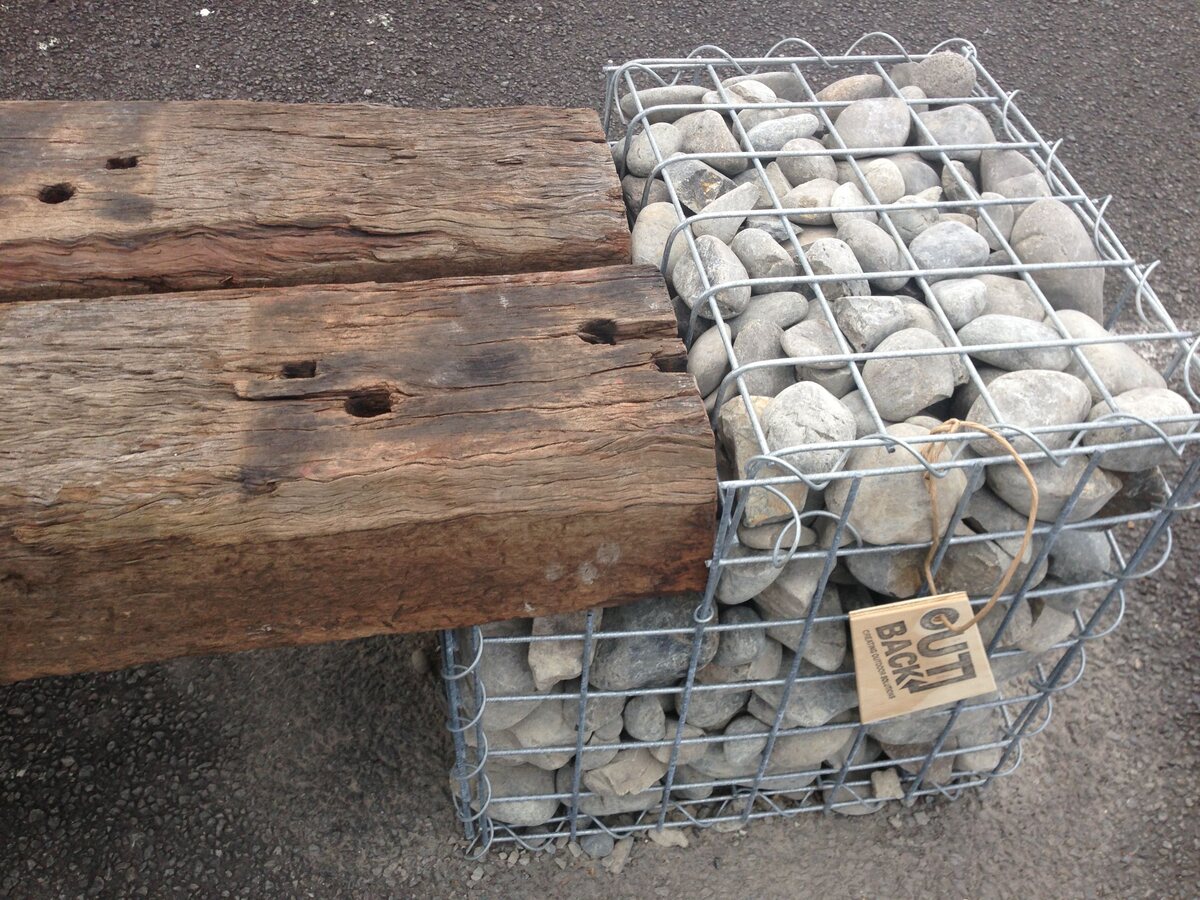

Storage Baskets
How To Make Gabion Baskets
Modified: February 28, 2024
Learn how to make durable and stylish gabion baskets for storage purposes with step-by-step instructions. Find out the best materials and techniques for creating your own storage baskets.
(Many of the links in this article redirect to a specific reviewed product. Your purchase of these products through affiliate links helps to generate commission for Storables.com, at no extra cost. Learn more)
Introduction
Welcome to the world of gabion baskets – a versatile and practical solution for all your storage and landscaping needs. Whether you are looking to create a stunning retaining wall or simply need an attractive and functional storage option, gabion baskets are the perfect choice.
But what exactly are gabion baskets and why should you consider using them?
Gabion baskets are wire mesh containers filled with stones or other materials to form a sturdy and durable structure. The word “gabion” originates from the Italian word “gabbione,” meaning “large cage,” which accurately describes the appearance of these baskets.
While gabion baskets were traditionally used for erosion control and retaining walls, their versatility has made them increasingly popular in various landscaping and storage applications. From garden walls and fences to outdoor furniture and decorative features, gabion baskets offer a unique and visually appealing solution.
The benefits of using gabion baskets are numerous. Firstly, their robust construction provides excellent stability and durability. The wire mesh used in the baskets is corrosion-resistant, ensuring longevity, even in harsh weather conditions.
Furthermore, gabion baskets are an eco-friendly solution. The use of natural stones or recycled materials as fillers promotes sustainability by reducing waste and minimizing environmental impact.
Additionally, gabion baskets can be customized to suit any design aesthetic. With a wide range of stone options available – from rustic river rocks to sleek and modern pebbles – you can create a look that complements your outdoor space perfectly.
The installation process for gabion baskets is relatively straightforward and can be accomplished with basic tools and materials. In this article, we will guide you through the step-by-step process of creating your own gabion baskets, ensuring that your project is a success.
So, whether you are a seasoned DIY enthusiast or a beginner looking for a fun and rewarding project, join us as we dive into the wonderful world of gabion baskets and discover how to make your own stunning and functional storage solutions.
Key Takeaways:
- Gabion baskets offer durability, flexibility, and visual appeal, making them a versatile solution for landscaping and storage needs. Their customizable design and eco-friendly nature make them a standout choice for outdoor projects.
- By following the step-by-step process, you can create your own gabion baskets, adding structural stability and aesthetic charm to your outdoor space. With durability, low maintenance, and endless design possibilities, gabion baskets are a practical and visually appealing solution.
Read more: What Is A Gabion Baskets
What are Gabion Baskets?
Gabion baskets are wire mesh containers that are filled with stones or other materials to create a solid and sturdy structure. They have been used for centuries in various construction and landscaping projects due to their versatility and durability.
The wire mesh used in gabion baskets is typically made of galvanized steel or PVC-coated steel for added corrosion resistance. This ensures that the baskets can withstand both the weight of the fill materials and the environmental elements.
These baskets come in various shapes and sizes, allowing for endless design possibilities. Some common shapes include rectangular, square, and cylindrical, while custom shapes can be created to suit specific project needs.
One of the main uses of gabion baskets is in erosion control and retaining walls. When filled with stones, they create a barrier that prevents soil erosion and helps to stabilize the ground. This makes them particularly useful in areas prone to landslides or erosion, helping to protect the landscape and prevent damage to structures.
Another popular application of gabion baskets is in landscaping projects. They can be used to create garden walls, fences, benches, and even decorative features like sculptures or water features. The natural and rugged appearance of the stone-filled baskets adds a unique and visually appealing touch to any outdoor space.
Moreover, gabion baskets also have functional uses in storing and organizing materials. They can be used as storage units for firewood, garden tools, or even children’s toys. The wire mesh construction allows for air circulation, preventing moisture build-up and keeping the stored items dry and well-ventilated.
Aside from these practical uses, gabion baskets also offer environmental benefits. They are an eco-friendly option as they can be filled with local stones or recycled materials, reducing the need for new resources. Additionally, the wire mesh structure allows for the growth of vegetation, promoting biodiversity and blending the baskets seamlessly into the surrounding environment.
When it comes to installation and maintenance, gabion baskets are relatively low-maintenance. The baskets themselves require little care, as the wire mesh is designed to withstand outdoor conditions. However, periodic inspection and cleaning may be necessary to remove any debris or vegetation that has accumulated.
In summary, gabion baskets are versatile containers that can be used in a wide range of construction and landscaping projects. From erosion control and retaining walls to garden walls and storage units, these wire mesh containers offer practicality and visual appeal. So, if you are looking to enhance your outdoor space or tackle a storage project, consider using gabion baskets for a durable and stylish solution.
Benefits of Using Gabion Baskets
Gabion baskets offer a myriad of benefits that make them a popular choice for both practical and aesthetic purposes in construction and landscaping projects. Here are some of the key advantages of using gabion baskets:
Durability: Gabion baskets are incredibly durable and long-lasting. The wire mesh structure, typically made of galvanized steel or PVC-coated steel, ensures resistance to corrosion and damage from external elements. They can withstand the weight of the fill materials and remain stable, even in harsh weather conditions.
Flexibility: Gabion baskets are highly flexible in terms of design and application. They can be shaped and customized to fit various project requirements, allowing for creative and unique expressions in landscaping and construction projects. Whether you need a retaining wall, garden feature, or storage structure, gabion baskets can be tailored to your specific needs.
Easy Installation: The installation process for gabion baskets is relatively straightforward. With basic tools and materials, you can assemble the wire mesh containers and fill them with stones or other materials. This makes gabion baskets a great DIY option for homeowners and allows for cost-effective installations.
Versatility: Gabion baskets offer endless versatility in terms of applications. They are commonly used in erosion control and retaining walls to stabilize slopes and prevent soil erosion. However, they can also be utilized in various landscaping features such as garden walls, fences, benches, decorative features, and even outdoor furniture. The options are limitless, allowing you to explore your creativity and design unique outdoor spaces.
Visual Appeal: The natural stones or recycled materials used to fill gabion baskets create a beautiful and visually appealing display. The rugged and textured appearance of the stones adds a unique charm to any landscape, making them an attractive choice for both residential and commercial projects. The ability to select from a wide range of stone options allows for customization and integration with existing aesthetics.
Eco-Friendly: Gabion baskets provide an eco-friendly solution for construction and landscaping projects. By using local stones or recycled materials as fillers, waste is minimized, and resources are conserved. The wire mesh structure also allows for the growth of vegetation, blending the baskets seamlessly into the surrounding environment and promoting biodiversity.
Low Maintenance: Once installed, gabion baskets require minimal maintenance. The wire mesh structure is designed to withstand outdoor conditions and requires little care. Periodic inspection and cleaning may be necessary to remove debris or vegetation, but overall, gabion baskets offer a low-maintenance storage and landscaping solution.
Whether you are looking to prevent erosion, create a stunning garden feature, or organize your outdoor space, gabion baskets provide a range of benefits. Their durability, flexibility, and visual appeal make them a worthy investment for any construction or landscaping project.
Materials and Tools Needed
Before you start building your own gabion baskets, it’s important to gather the necessary materials and tools. Here’s a list of what you’ll need:
Materials:
- Gabion baskets: These can be purchased from a local supplier or online. They come in various sizes and shapes, so choose the ones that suit your project needs.
- Wire mesh: The wire mesh should be heavy-duty and corrosion-resistant, such as galvanized steel or PVC-coated steel. Make sure to get enough mesh to cover the size and quantity of gabion baskets you plan to build.
- Stones or fill materials: Choose natural stones that are appropriate for your project. River rocks, gravel, or crushed stone are commonly used. You can also opt for recycled materials to make your project more sustainable.
- Wire or hog rings: These are used to secure the wire mesh panels together. Galvanized wire or hog rings will provide a strong and durable connection.
- Geotextile fabric: This fabric is placed inside the gabion baskets to prevent soil erosion and ensure proper drainage. It helps to keep the fill materials in place while allowing water to flow through.
Tools:
- Wire cutters: These are essential for cutting the wire mesh panels to size.
- Pliers: Pliers will be used to twist and secure the wire or hog rings.
- Gloves: It’s important to wear protective gloves when handling the wire mesh and stones to avoid injuries.
- Tape measure: This will help you accurately measure the dimensions of the gabion baskets and determine the size of the wire mesh panels.
- Level: A level is necessary to ensure that the gabion baskets are installed evenly and upright.
- Shovel: You’ll need a shovel to fill the gabion baskets with the chosen stones or fill materials.
- Tamping tool: This tool is used to compact the stones inside the gabion baskets, ensuring a stable and solid structure.
It’s important to gather all the necessary materials and tools before starting your gabion basket project. This will help you work efficiently and ensure that you have everything you need to complete the installation process. Once you have everything ready, you can move on to the planning and designing phase of your project.
Step 1: Planning and Designing Your Gabion Baskets
Before you begin building your gabion baskets, it’s important to spend some time planning and designing your project. This step will help ensure that your gabion baskets meet your specific needs and fit seamlessly into your outdoor space. Here are some key considerations for this step:
1. Determine the purpose: Decide why you want to build gabion baskets. Whether you’re looking to create a retaining wall, garden feature, or storage solution, understanding the purpose will guide your design choices.
2. Measure the area: Take accurate measurements of the area where you plan to install the gabion baskets. This will help you determine the quantity and size of the gabion baskets you’ll need for your project.
3. Sketch your design: Create a rough sketch or design plan of how you envision the gabion baskets in your outdoor space. Consider the shape, height, and arrangement of the baskets to achieve your desired aesthetic and functionality.
4. Consider drainage: Evaluate the drainage needs of your project. Depending on the specific application, you may need to incorporate proper drainage systems or use geotextile fabric to ensure water flows through the baskets without causing erosion or damage.
5. Choose the fill materials: Select the type of stones or fill materials you want to use. Consider the color, size, and texture of the stones to achieve the desired visual effect. You can also explore using recycled materials if you’re looking for a sustainable option.
6. Research local regulations: Check if there are any local regulations or permits required for building gabion baskets in your area. This will ensure that your project complies with any necessary guidelines or restrictions.
7. Consider consulting a professional: If you’re unsure about the design or construction process, it’s always a good idea to consult with a professional landscaper or contractor. They can provide expert advice and guidance to help bring your vision to life.
By taking the time to plan and design your gabion basket project, you’ll have a clear roadmap for construction. This will help you make informed decisions and create a final result that meets your expectations. Once you’ve completed the planning and design phase, you’re ready to move on to the next step of gathering the required materials.
Read more: How To Make Reed Baskets
Step 2: Gathering the Required Materials
Once you’ve completed the planning and design phase of your gabion basket project, it’s time to gather all the necessary materials. Having everything you need on hand will ensure a smooth and efficient construction process. Here’s what you’ll need:
Gabion Baskets: Purchase the gabion baskets in the size and quantity required for your project. You can find these at local landscaping suppliers or online. Choose baskets made of durable wire mesh that can withstand outdoor conditions.
Wire Mesh: Select a heavy-duty wire mesh that is corrosion-resistant, such as galvanized steel or PVC-coated steel. Ensure that the mesh is suitable for your project size and shape requirements. This will be used to create the framework of the gabion baskets.
Stones or Fill Materials: Choose the type of stones or fill materials that you want to use. Select stones that are appropriate for your project and desired aesthetic. Consider the color, size, and texture of the stones, as they play a significant role in the final appearance of the gabion baskets.
Wire or Hog Rings: You’ll need wire or hog rings to secure the wire mesh panels together. Use galvanized wire or hog rings to ensure a strong and lasting connection. These will help maintain the shape and stability of the gabion baskets.
Geotextile Fabric: Purchase geotextile fabric to line the inside of the gabion baskets. This fabric prevents soil erosion and helps with proper drainage. It also keeps the fill materials in place while allowing water to flow through. Cut the fabric to fit the dimensions of the baskets.
Tools: You’ll need a few tools to assist with the construction process. These include wire cutters for cutting the wire mesh panels to size, pliers for twisting and securing wires or hog rings, gloves to protect your hands during the construction, a tape measure for precise measurements, a level to ensure the gabion baskets are installed evenly, a shovel for filling the baskets with stones, and a tamping tool to compact the stones tightly.
It’s important to ensure that you have all the required materials before starting the construction process. This will save you time and ensure that you can work efficiently to complete the gabion baskets. With your materials gathered, you’re now ready to move on to the next step of preparing the site for installation.
When filling your gabion baskets, use a variety of stone sizes to create a more stable and visually appealing structure. This will also help to prevent the smaller stones from shifting and settling over time.
Step 3: Preparing the Site for Installation
Before you can start assembling the gabion baskets, it’s important to properly prepare the site where they will be installed. By taking the time to prepare the site, you will ensure a stable and long-lasting installation. Follow these steps to prepare the site:
1. Clear the area: Remove any vegetation, rocks, or debris from the area where you plan to install the gabion baskets. This will provide a clean and level surface for the baskets to sit on. Use a shovel or rake to clear the area thoroughly.
2. Measure and mark: Use a tape measure and stakes to mark the desired boundaries of the gabion basket installation area. This will help guide the placement and alignment of the baskets.
3. Excavate the site: Using a shovel or excavator, dig a trench along the marked boundaries. The trench should be slightly wider and deeper than the size of the gabion baskets. This will allow for proper placement and ensure stability.
4. Level the site: Use a level to check that the excavated site is even and level. Make any necessary adjustments by adding or removing soil. A leveled site will ensure the gabion baskets sit correctly and provide better structural integrity.
5. Install geotextile fabric: Lay down geotextile fabric inside the excavated site. This fabric will help prevent soil erosion and aid in drainage. Ensure that the fabric extends beyond the boundaries of the gabion basket installation area.
6. Secure the geotextile fabric: Anchor the geotextile fabric to the ground using stakes or staples. This will keep it in place during the assembly and filling process of the gabion baskets.
7. Backfill the site: Fill the excavated area with a layer of clean, compacted gravel or crushed stone to provide a stable base for the gabion baskets. Compact the backfilled material with a tamper to ensure a solid foundation.
8. Check the level: Double-check the levelness of the prepared site using a level. This will help ensure that the gabion baskets will be aligned properly and stand upright.
By following these steps, you will have a well-prepared site for the installation of the gabion baskets. Taking the time to properly prepare the site will enhance the stability and longevity of your gabion basket project. With the site prepared, you can now move on to the exciting step of assembling the gabion baskets.
Step 4: Assembling the Gabion Baskets
With the site prepared, it’s time to start assembling the gabion baskets. The assembly process involves connecting the wire mesh panels to create the framework of the baskets. Follow these steps to assemble the gabion baskets:
1. Lay out the wire mesh panels: Unroll the wire mesh panels and lay them flat on the ground, ensuring they are aligned correctly. Use wire cutters to trim the panels if needed to fit the desired size and shape of the baskets.
2. Secure the corners: Fold the wire mesh panels at the corners to create a 90-degree angle. Use wire or hog rings to secure the overlapping sections at each corner. This will provide stability and structure to the basket corners.
3. Connect the panels: Take the adjacent wire mesh panels and connect them securely using wire or hog rings. Ensure that the connection points are evenly spaced along the edges of the panels. Repeat this process for all the sides of the gabion basket.
4. Reinforce the connections: To strengthen the stability of the gabion baskets, you can further secure the wire mesh panels at regular intervals using additional wire or hog rings. This will help prevent shifting or bulging of the wire mesh during filling and compaction.
5. Check the alignment: Use a level to check that the assembled gabion basket is aligned properly and stands upright. Make any necessary adjustments to ensure it is level and straight.
6. Repeat for additional baskets: If you’re building multiple gabion baskets, repeat the assembly process for each basket. Ensure that each basket is assembled with the same level of precision and attention to detail.
By following these steps, you will have successfully assembled the gabion baskets. The secure connections between the wire mesh panels will provide a strong and stable structure for filling with stones or other fill materials. With the gabion baskets assembled, it’s time to move on to the next step of filling them with stones.
Step 5: Filling the Gabion Baskets with Stones
Now that your gabion baskets are assembled, it’s time to fill them with stones or other fill materials. The filling process is crucial as it provides the weight and stability needed for the baskets. Follow these steps to properly fill your gabion baskets:
1. Choose the fill materials: Select the type of stones or fill materials that you want to use. Consider the size, color, and texture of the stones to achieve the desired aesthetic. Ensure that the stones are clean and free from dirt or debris.
2. Start at the bottom: Begin filling the gabion basket from the bottom to create a solid foundation. Use a shovel to carefully place the stones into the basket, making sure they are compacted tightly. Ensure that the stones reach all corners and edges of the basket.
3. Compact the stones: As you fill the gabion basket, use a tamping tool to compact the stones tightly. This will ensure a stable structure and prevent any shifting or settling of the stones. Continue adding stones and compacting them layer by layer until the basket is nearly filled.
4. Add reinforcing elements: For larger gabion baskets, you may need to add reinforcing elements such as wooden posts or metal rods. These elements will provide additional structural support and prevent bulging or deformation of the basket walls.
5. Fill the top layer: Once the majority of the basket is filled, add the final layer of stones. Ensure that the stones are packed tightly to complete the filling process. The top layer should be level and flush with the top of the gabion basket.
6. Check for any gaps: After filling the gabion basket, check for any gaps or areas where stones may have settled. Fill in these gaps with additional stones and compact them properly to ensure a uniform and solid structure.
7. Smooth out the surface: To create a polished finish, use a rake or shovel to smooth out the surface of the stones. This will help achieve an even and attractive appearance for your gabion baskets.
By following these steps, you will successfully fill your gabion baskets with stones or other fill materials. The tight compaction and solid foundation will ensure the stability and durability of your gabion baskets. With the baskets filled, you can now proceed to the final step of securing and finishing your gabion baskets.
Read more: How To Make A Picnic Basket
Step 6: Securing and Finishing the Gabion Baskets
The final step in creating your gabion baskets is to secure and finish them. This step involves ensuring the stability of the baskets and adding any finishing touches to enhance their appearance. Follow these steps to complete the process:
1. Check the stability: Before securing the baskets, double-check that they are stable and level. Use a level to ensure that they are aligned correctly and adjust if necessary.
2. Secure the lid: If your gabion basket has a lid or top panel, secure it to the wire mesh panels using wire or hog rings. This will provide additional stability and prevent shifting of the fill materials.
3. Wire mesh connections: Inspect the wire mesh connections of the gabion baskets. Ensure that all the connections are secure and tightly fastened. If any loose areas are identified, reinforce them by applying additional wire or hog rings.
4. Trim excess wire: Trim any excess wire from the connections using wire cutters. This will create a clean and neat appearance for your gabion baskets.
5. Decorative elements: Consider adding decorative elements to enhance the visual appeal of the gabion baskets. This could include decorative stones, moss, or plants placed strategically on the surface of the filled baskets.
6. Maintenance considerations: Briefly discuss any maintenance tasks that may be required for the gabion baskets. This could include inspecting for loose connections or filling any gaps that may have occurred over time.
By following these steps, you will have successfully secured and finished your gabion baskets. Your baskets will be structurally sound, visually appealing, and ready to fulfill their intended purpose in your landscaping or storage project. With the completion of this step, your gabion basket project is finished, and you can admire and enjoy the results of your hard work.
Conclusion
Congratulations on completing your journey into the world of gabion baskets! Throughout this article, we have explored the various aspects of working with gabion baskets, from understanding their purpose and benefits to the step-by-step process of creating your own. By utilizing these versatile wire mesh containers, you have the ability to bring both practicality and aesthetic appeal to your landscaping and storage projects.
Gabion baskets offer exceptional durability, flexibility, and visual appeal. Their robust construction and corrosion-resistant wire mesh make them a long-lasting solution for erosion control, retaining walls, and various other applications. The ability to customize their size, shape, and filling materials allows for endless design possibilities, ensuring that your outdoor space reflects your personal style and preferences.
By following the steps outlined in this article, you have gained the knowledge and skills to successfully plan, design, assemble, fill, and finish your own gabion baskets. From preparing the site to securing the baskets, you have learned the importance of each step in ensuring the stability and longevity of your installation.
Remember to consider the aesthetics as well. The choice of stones or fill materials can significantly impact the overall look of your gabion baskets. Selecting stones that complement your outdoor space and provide visual interest will create a stunning and inviting ambiance.
Additionally, don’t forget about maintenance. While gabion baskets are known for their durability, occasional inspections and upkeep will help ensure that they continue to serve their purpose effectively. Regularly check for any loose connections, fill in any gaps that may have occurred, and keep the baskets clean to maintain their appearance and functionality.
Now that you have a thorough understanding of creating gabion baskets, it’s time to bring your ideas to life. Whether you’re looking to add structural stability to your landscape, create unique garden features, or find an attractive storage solution, gabion baskets are a remarkable choice.
So, roll up your sleeves, gather your materials and tools, and embark on your gabion basket journey. With your new skills and creativity, you can transform your outdoor space into a captivating and practical haven that will be the envy of all who see it.
Enjoy the process, and may your gabion baskets bring beauty and functionality to your projects for years to come!
Frequently Asked Questions about How To Make Gabion Baskets
Was this page helpful?
At Storables.com, we guarantee accurate and reliable information. Our content, validated by Expert Board Contributors, is crafted following stringent Editorial Policies. We're committed to providing you with well-researched, expert-backed insights for all your informational needs.
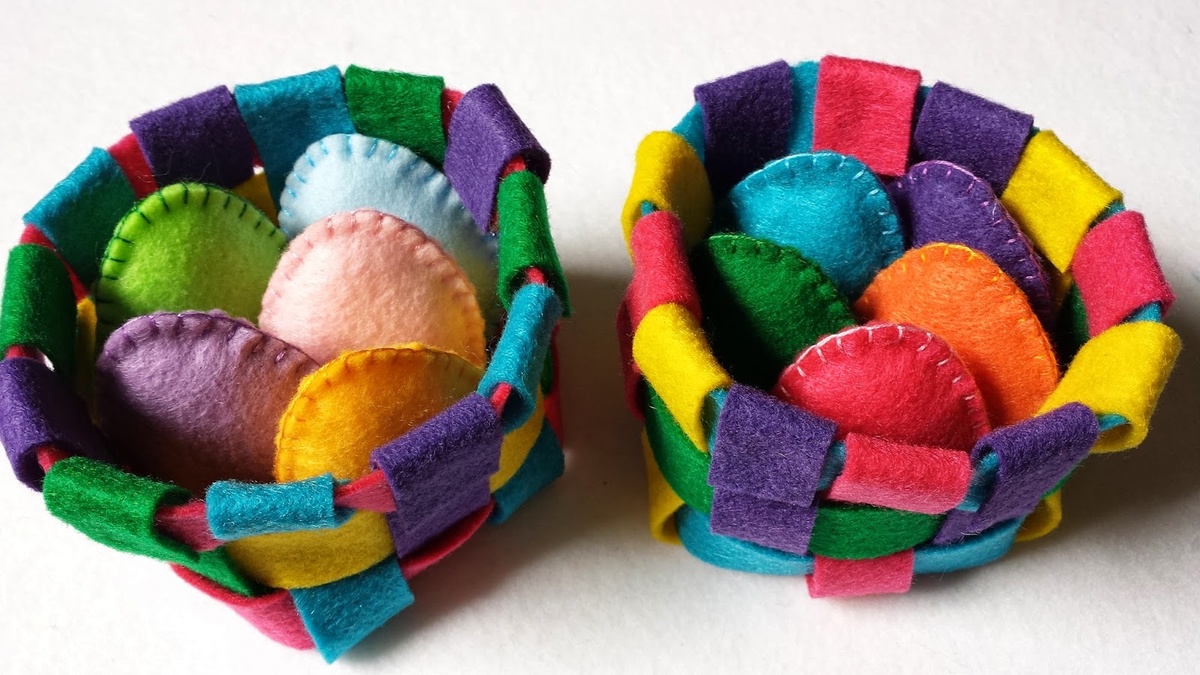
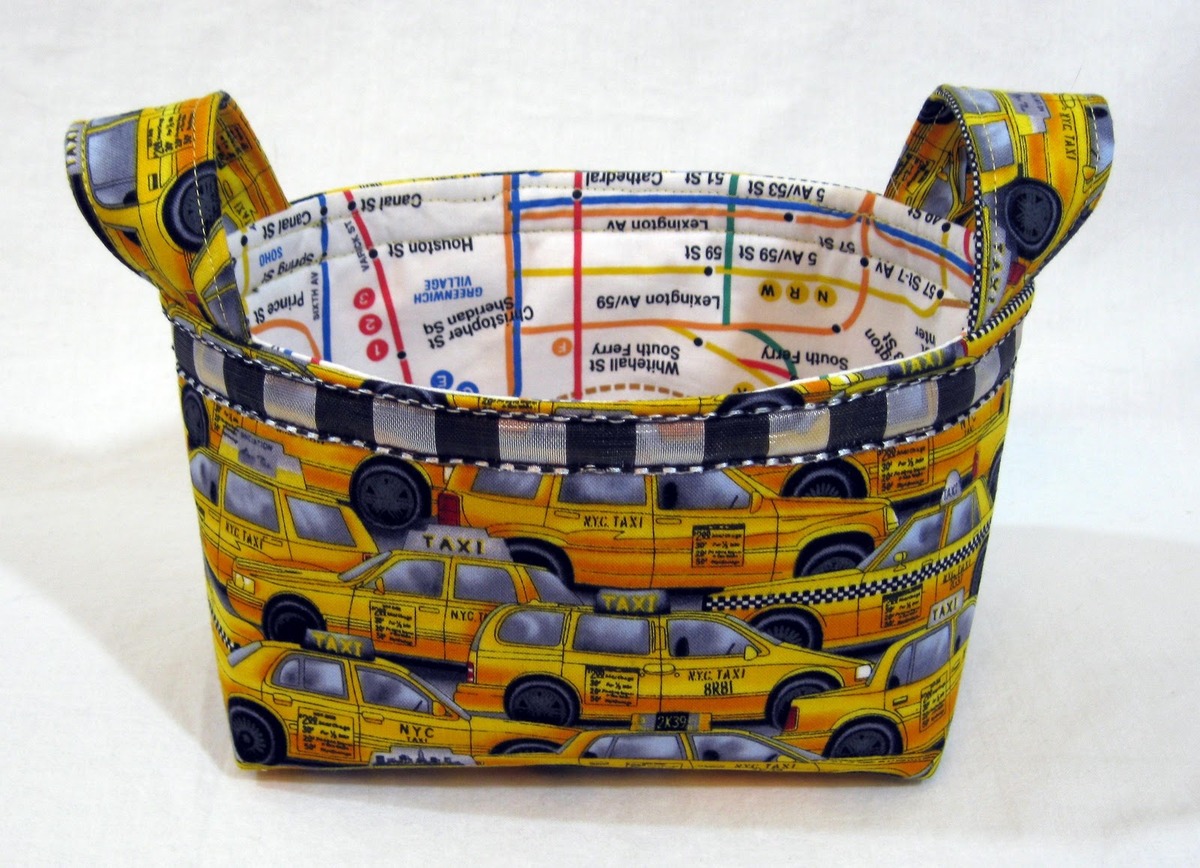
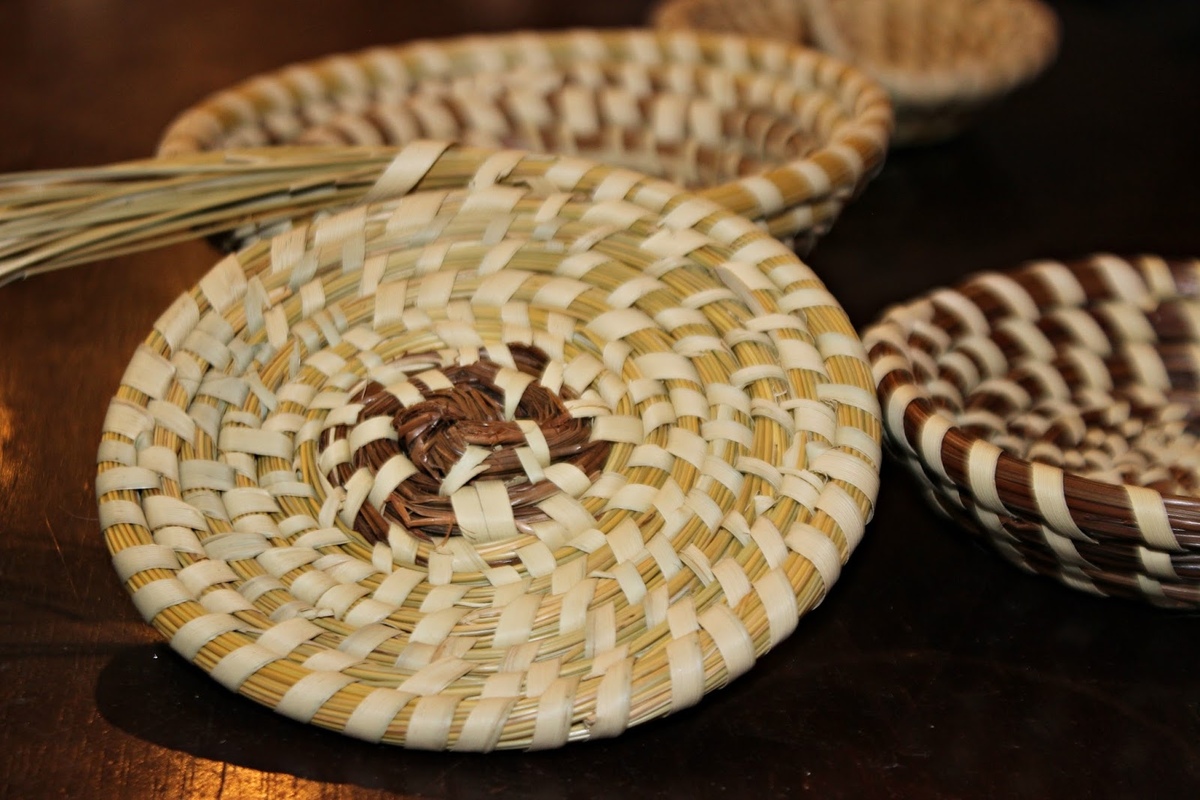



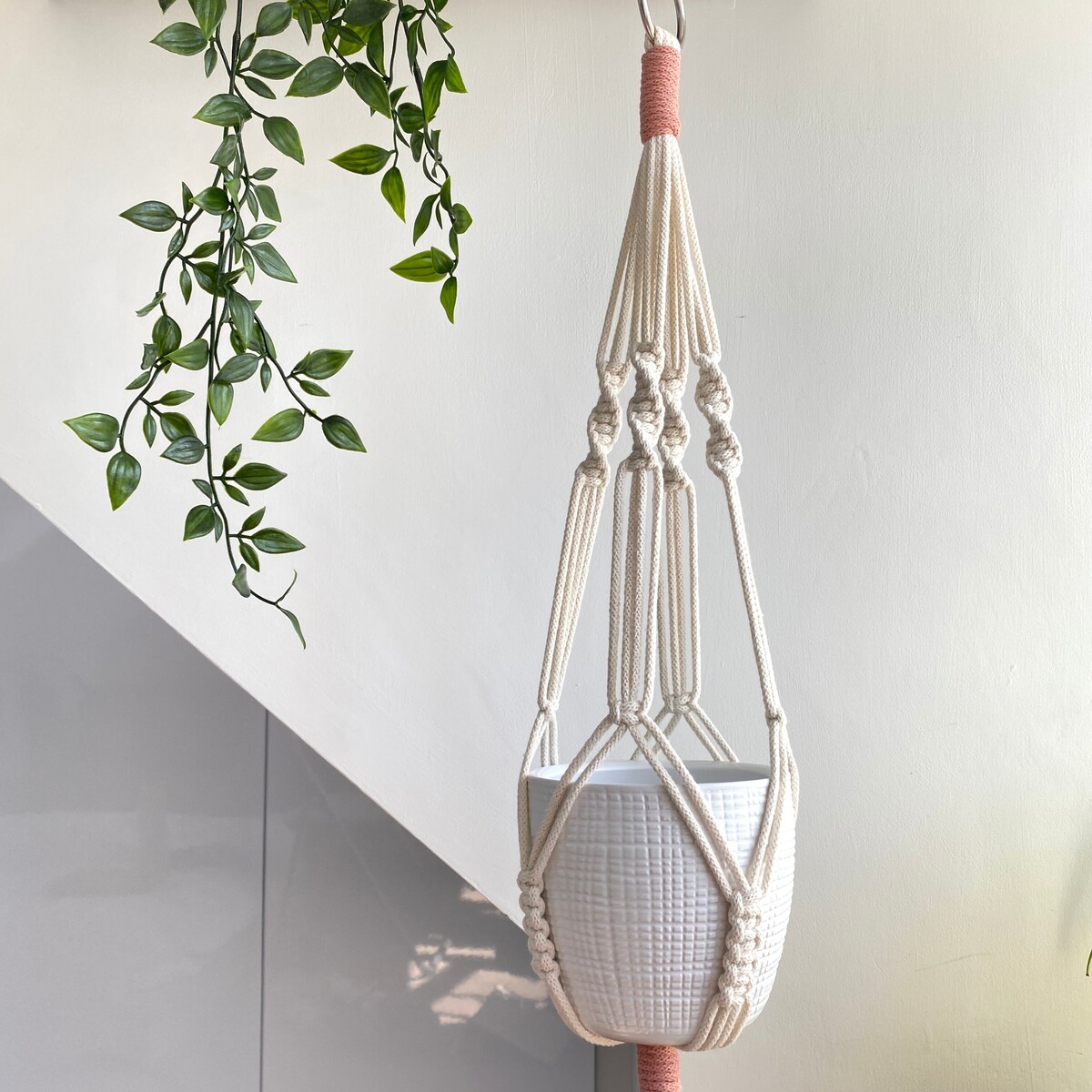





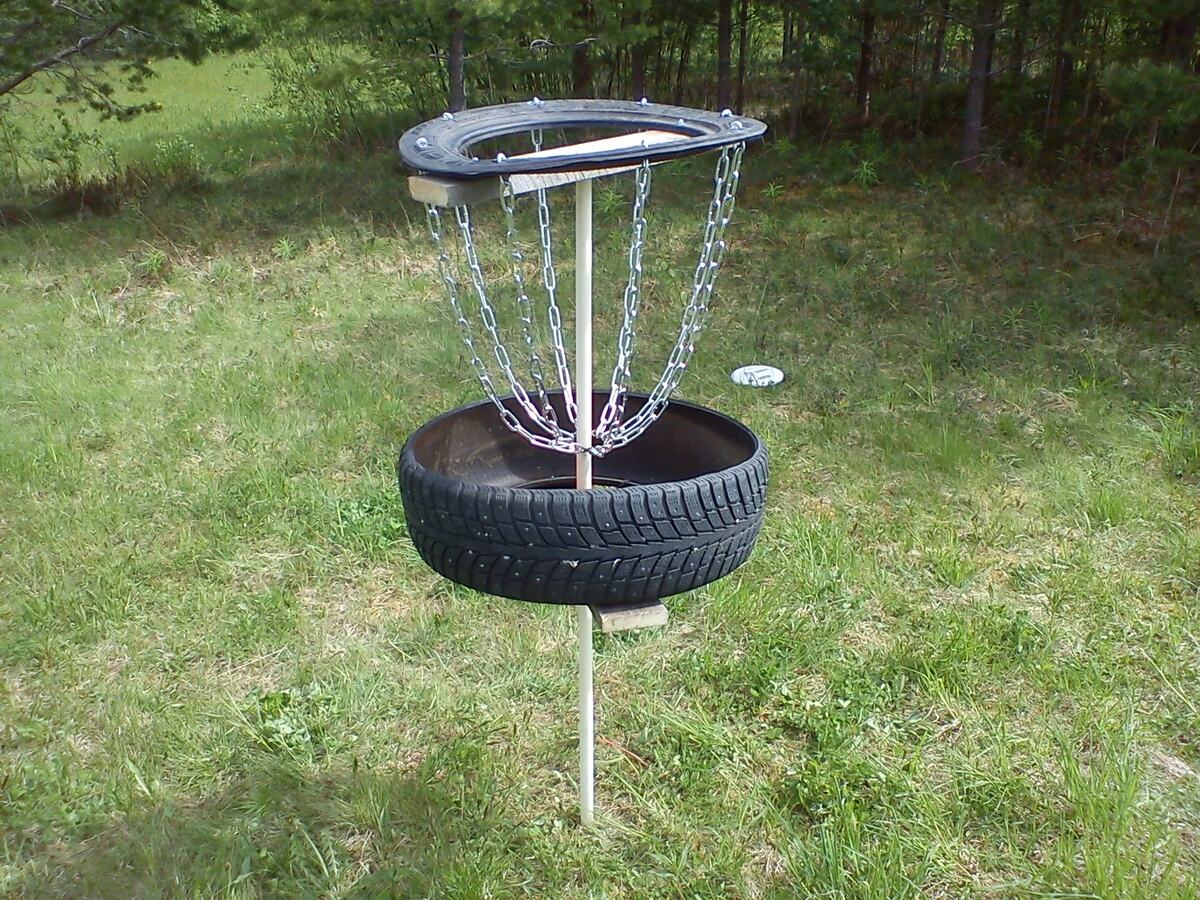

0 thoughts on “How To Make Gabion Baskets”